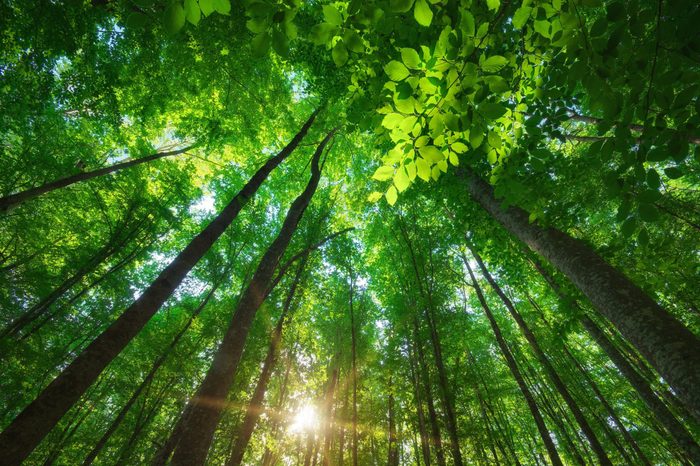
What type of scientist studies all living things?
A. Biologist
B. Geologist
C. Meteorologist
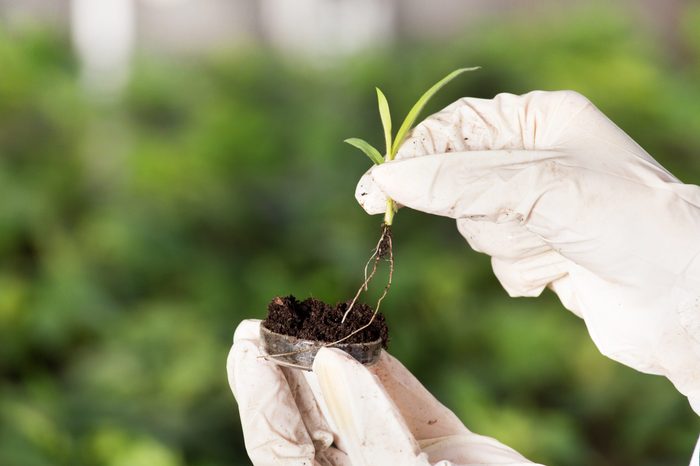
A. Biologist
Geologists study the Earth and meteorologists study the atmosphere. If you passed the fourth grade, you should know that biologists study all living organisms. It’s not a shock, however, if you don’t know these 25 science facts they don’t teach in school.

What is the main purpose of a plant’s flower?
A. To soak up water
B. To produce seeds
C. To support the plant

B. To produce seeds
Flowers are the reproductive part of plants, which is why their main purpose is producing seeds.
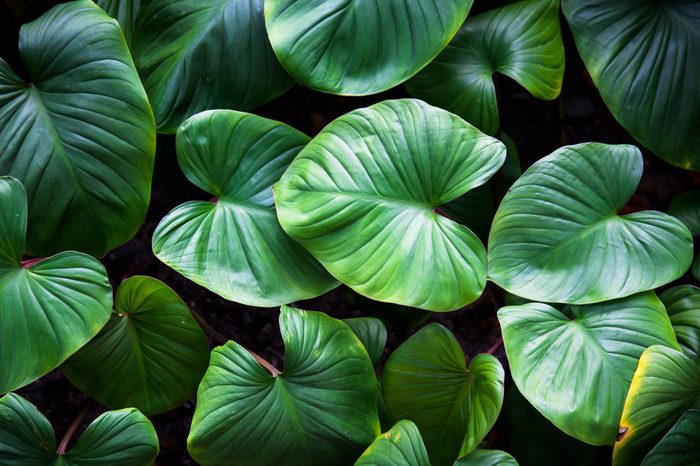
What is the green pigment in plants that absorbs and converts sunlight into energy?
A. Mitochondrion
B. Starch
C. Chlorophyll
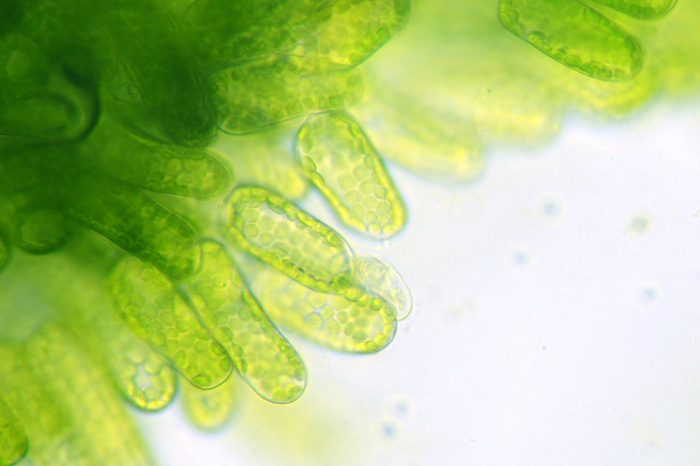
C. Chlorophyll
Yes, the green plant color is thanks to chlorophyll. Thankfully you’ll know so many science facts after this quiz and after reading about the 17 science “facts” that are actually not true.

The Sun is a:
A. Planet
B. Star
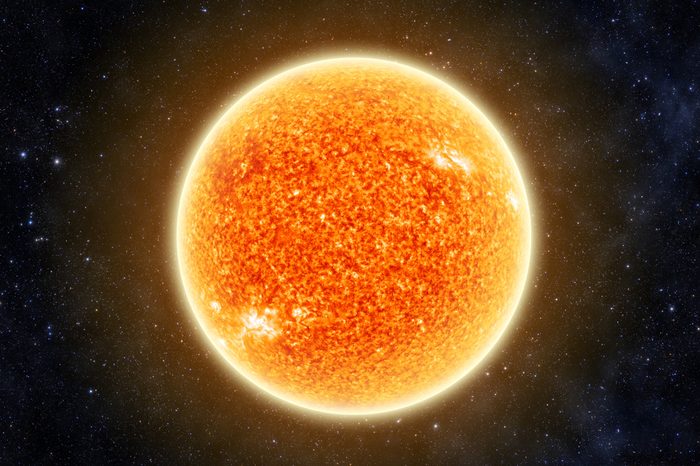
B. Star
The Sun is a yellow dwarf star and a hot ball of glowing gases. It’s about 4.5 billion years old, according to NASA. Already knew that? If you can answer half of these 12 other science trivia questions correctly, you might be a genius.
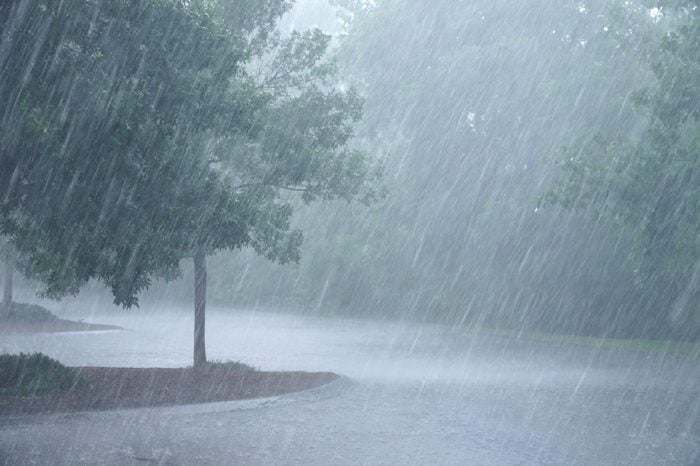
Which term describes the process when materials are broken down by rain, wind, and chemical reactions?
A. Weathering
B. Erosion
C. Crushing

A. Weathering
Weathering and erosion are often paired together, but they aren’t synonymous. In fact, weathering is the process that dissolves or wears away rock into smaller pieces. Erosion, however, is when rocks are picked up and moved to another place by ice, water, wind, or gravity.
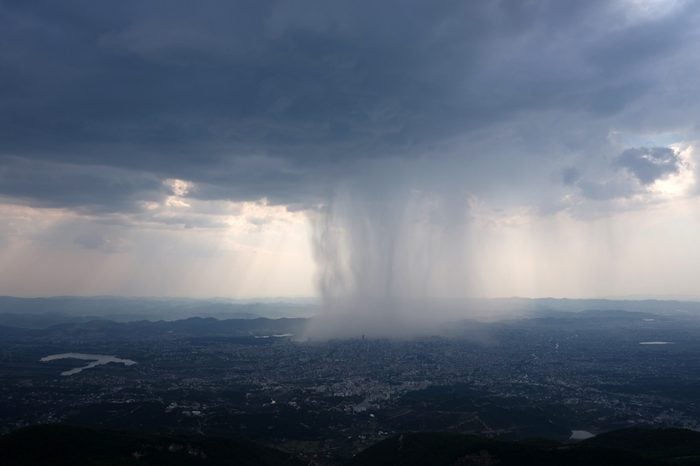
What is the energy source of the water cycle?
A. The Sun
B. Rain
C. Soil
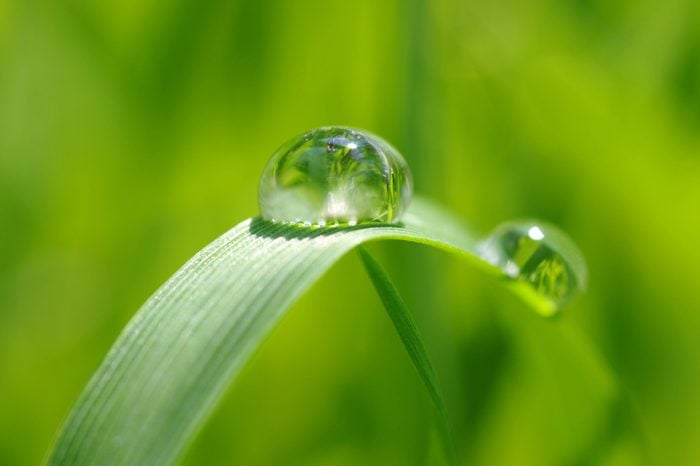
A. The Sun
The water cycle describes the processes of water moving on, above, or below the surface of the Earth. The continuous process includes six steps. The energy from the Sun drives the cycle by evaporating water from lakes, rivers, and even soil. The Sun is such an essential part of life for living things. You’re probably well aware of how important the Sun is, but there are plenty of other astronomy facts you didn’t learn in school.
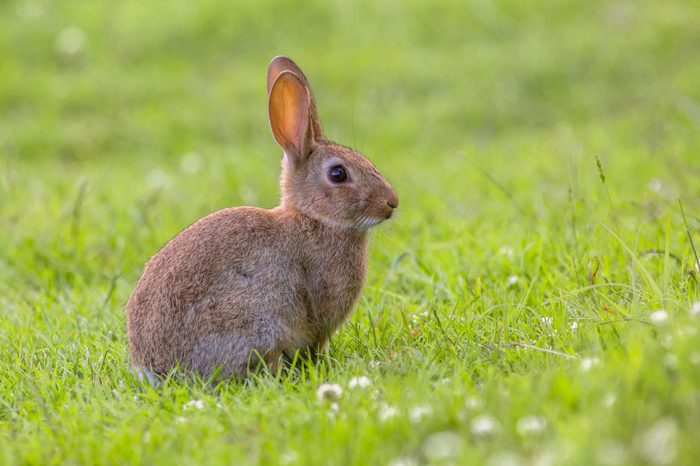
When an animal changes a behavior or habit for better survival in its environment, what is this change called?
A. Biome
B. Niche
C. Adaptation
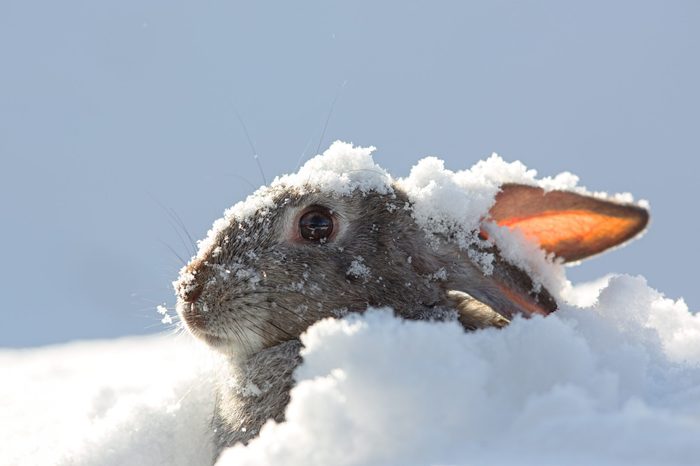
C. Adaptation
Animals also have physical adaptations that help them survive, such as camouflage. As the environment changes, only animals that adapt survive. The adaptations of some one-of-a-kind animals have helped scientists solve big mysteries.
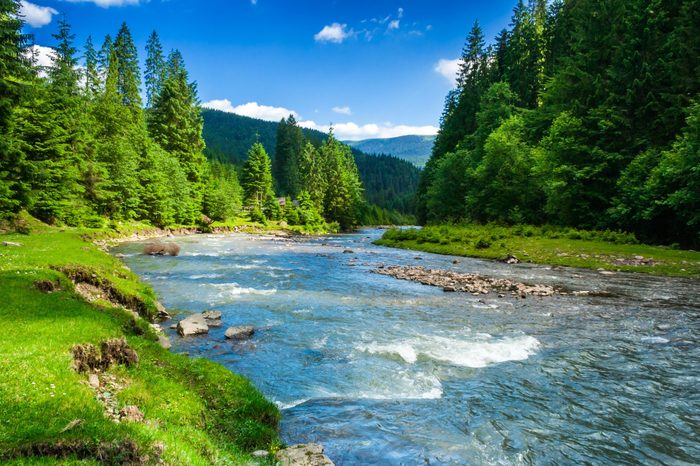
What type of rock would normally form at the bottom of a river?
A. Sedimentary
B. Metamorphic
C. Igneous
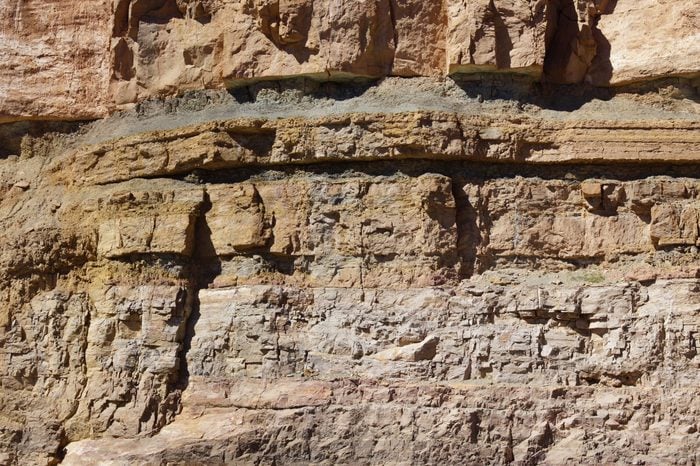
A. Sedimentary
Sedimentary rocks form after years of sediment compacting together. Examples of sedimentary rock include shale, limestone, and sandstone. Check out these 13 unsolved mysteries easily solved by science.
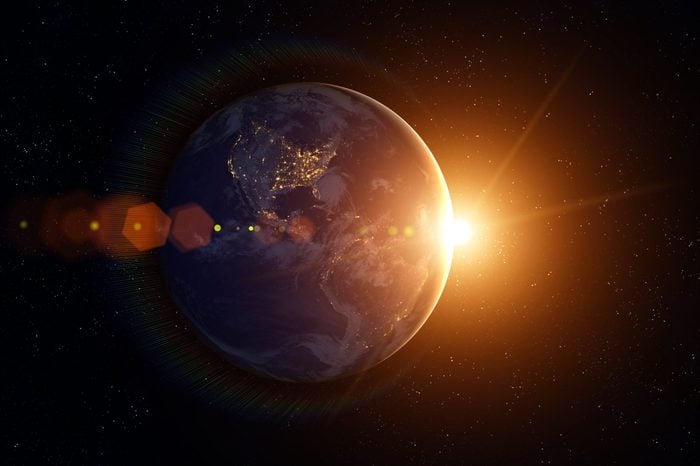
How long does it take the Earth to revolve around the Sun?
A. One month
B. One year
C. One week

B. One year
Technically, it takes 365.25 days for the Earth to revolve around the Sun. It takes Mercury 88 days, and Venus takes 224 days, to revolve around the Sun, per NASA. Although we know more about space than ever before, there are still some science mysteries no one has figured out.
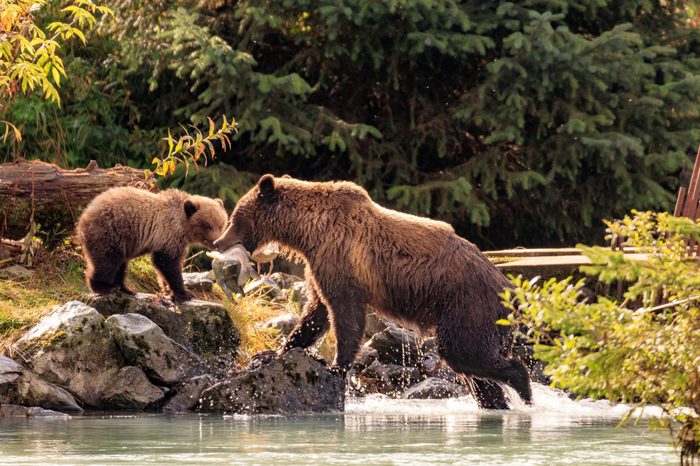
What do you call an animal that eats both plants and animals?
A. Carnivore
B. Herbivore
C. Omnivore
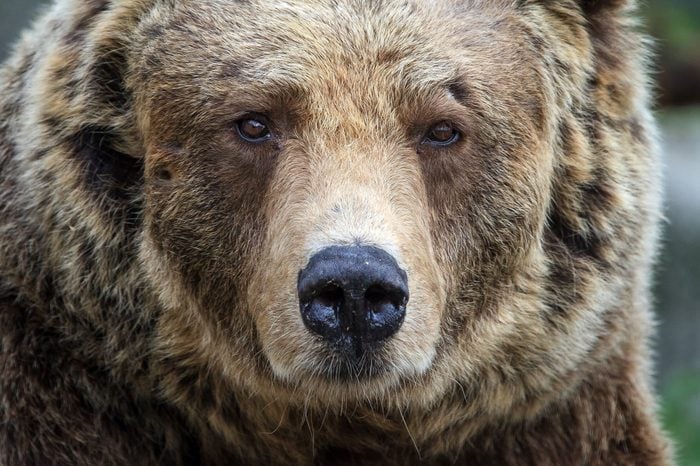
C. Omnivore
Carnivores are animals that eat other animals, herbivores are animals that only eat plants, and omnivores are animals that eat both plants and other animals. If dogs aren’t omnivores (trust us, they’re not), then why do they still eat grass?
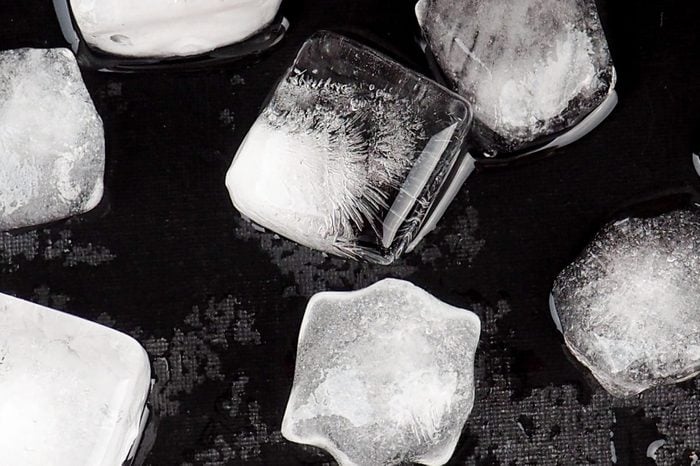
What energy needs to be removed from liquid water to change it to a solid?
A. Heat
B. Light
C. Chemical
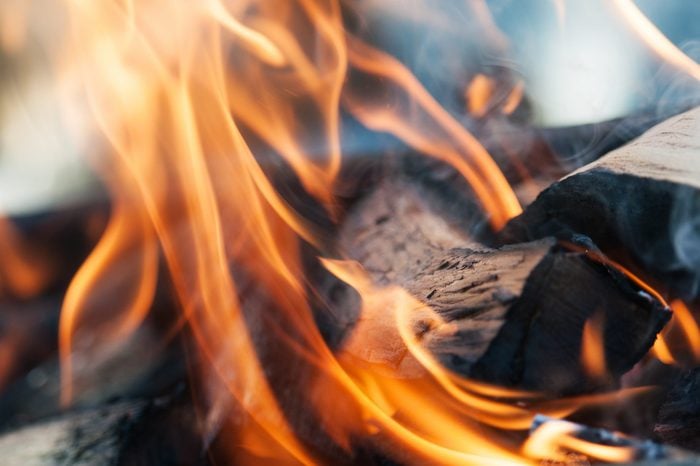
A. Heat
Removing heat causes liquid water to freeze and form ice. Water also exists as a gas or a vapor, too. Here are 20 chemistry jokes every science nerd will appreciate.
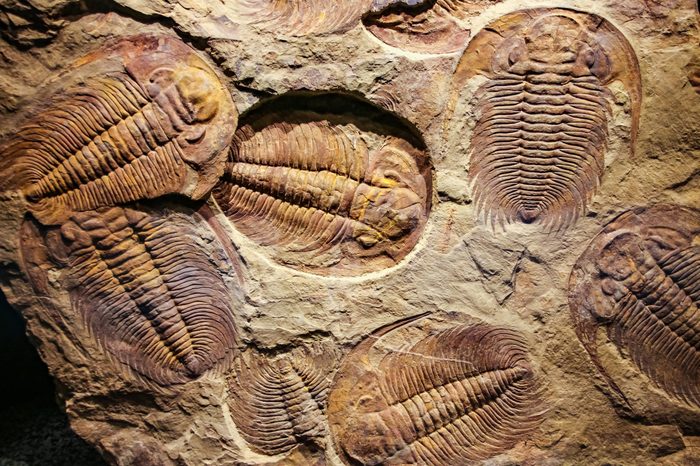
How much time must pass for plant or animal remains to be considered a fossil?
A. 60 years
B. 100,000 years
C. 10,000 years
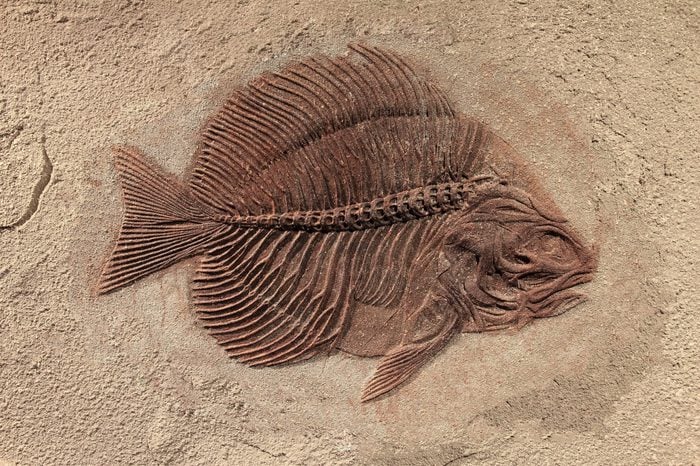
C. 10,000 years
Calling someone a fossil might seem like a great joke, but it’s definitely inaccurate since it takes some 10,000 years for plant or animal remains to be a fossil.

Which of the following actions allows electrical energy to change to another energy form?
A. Sleeping in a cold room
B. Turning on a light in a dark room
C. Cooking food on an open campfire

B. Turning on a light in a dark room
And when you turn a light off, it goes away by being quickly converted to heat and other forms of energy.

Which of the following is an example of climate, not weather?
A. The Bahamas are tropical
B. It’s raining in San Francisco
C. It’s sunny in New York

A. The Bahamas are tropical
The big difference between weather and climate is one of the pairs of nature words everyone mixes up. Up next, challenge yourself by guessing which of these inventions came first (it’s not as obvious as it would seem!).
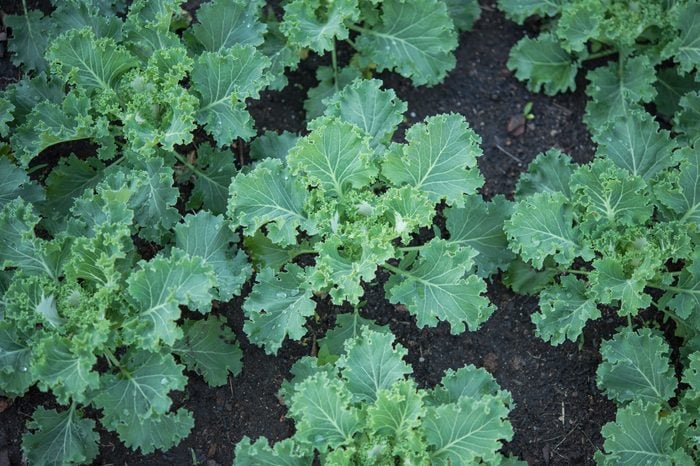
Which part of the kale plant do we actually eat?
A. The leaves
B. The seeds
C. The flowers
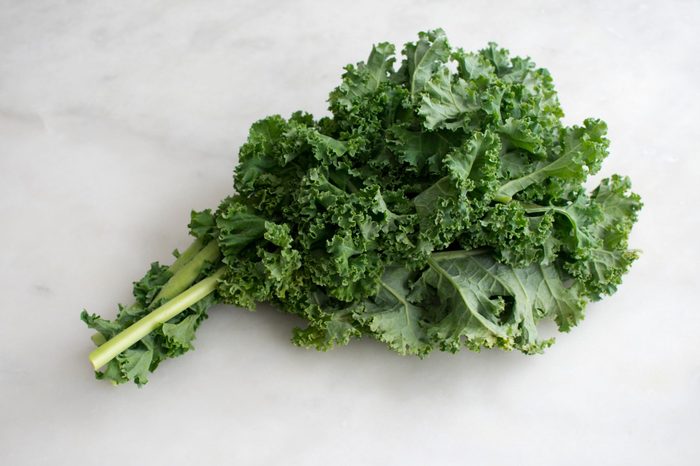
A. The leaves
Kale is a member of the cabbage family. If you passed this quiz with flying colors—or ten or more correct answers—you really are as smart as a fourth-grader. Now, see if you can also pass this quiz of fourth-grade spelling words.
